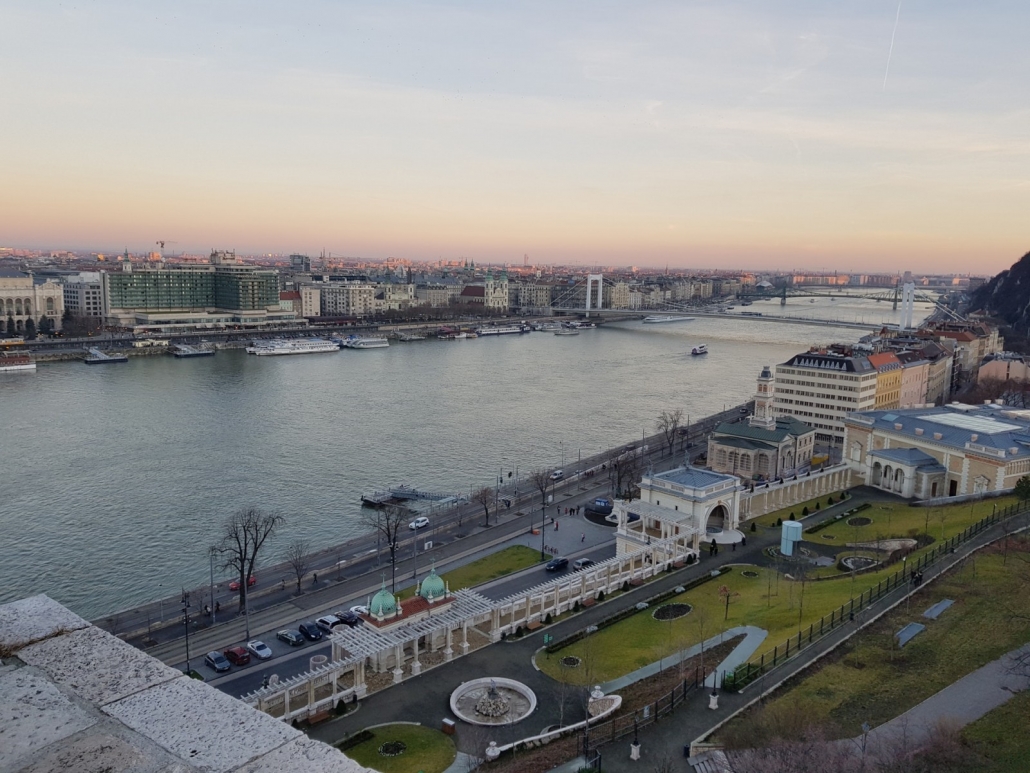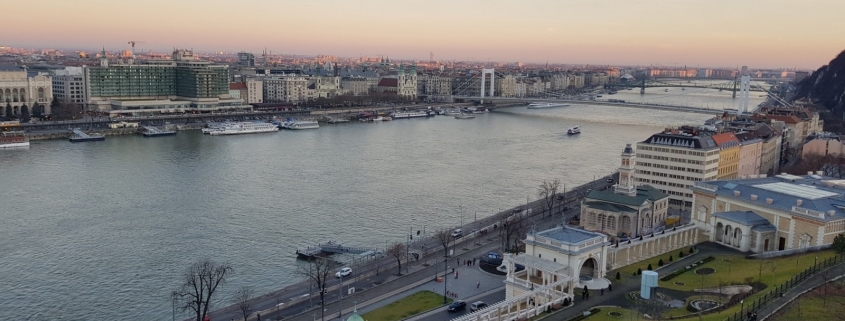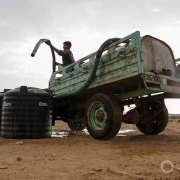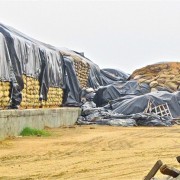Pesticides, Antibiotics, Heavy Metals Tarnish Europe’s Waterways
New chemicals and medicines are being developed, then leaching into waterways, faster than researchers can study them.

Danube River. Photo courtesy of Nabeel Amjad/Pexels.
By Kayla Ritter, Circle of Blue
Europe’s rivers and streams are increasingly loaded with harmful levels of pesticides, antibiotics, and heavy metals, according to several recent studies. The widespread contamination could poison fish and become a breeding ground for drug-resistant microbes, scientists warn.
“The importance of our new work is demonstrating the prevalence of biologically active chemicals in waterways all over Europe,” Paul Johnston, a researcher at the University of Exeter, told The Guardian. “There is the potential for ecosystemic effects.”
Some of those effects are well-known: that heavy metals accumulate in fish, for instance. But the struggle in understanding the risk landscape today is that industry produces chemicals and medicines faster than researchers can study them.
“Every two and a half minutes a new chemical is created, and we do not know the effects,” explained Johnny Reker of the European Environmental Agency. “New pharmaceuticals are coming all the time, and getting into waste water. This is an emerging problem but we do not know what the effects will be.”
What researchers do know is that chemicals linked to farming and industry display rising concentrations in the continent’s rivers. In one recent study, researchers screened for pesticides and veterinary drugs in 29 small streams across 10 European Union countries. The results, published this month in the journal Science of the Total Environment, revealed 103 pesticides and 21 drugs in the sampled waterways, many at unsafe levels. Twenty-four of the detected pesticides are now banned in the EU. Their presence may be due to residues lodged in soils that are still leaching out.
Belgium’s Wulfdambeek stream is an exceptional case, one of the most damaged waterways in the study. Researchers found 70 hazardous pesticides, including 38 weed killers, 10 insecticides, 21 fungal killers, and one protector against herbicides. Researcher Dr. Jorge Casado said the contamination was so high that water from the stream could likely be used as a pesticide.
Authors of the study also raised concern about veterinary drugs found in the water. Bacteria and microbes that are exposed to the drugs could develop resistance, thus rendering the medicines ineffective for humans.
Another study, presented a few weeks ago at a conference in Helsinki, also considered the link between water contamination and the rise of drug-resistant pathogens. Researchers analyzed the presence of antibiotics in rivers worldwide, including several in Europe where the Danube was found to be most polluted.
Although antibiotics only exceeded unsafe concentrations in 8 percent of the European samples, researchers say widespread, small concentrations of these medicines could still influence a future global health crisis.
“Even the low concentrations [of antibiotics] seen in Europe can drive the evolution of resistance and increase the likelihood that resistance genes transfer to human pathogens,” explained Professor William Gaze, a microbial ecologist at the University of Exeter. The development of antibiotic-resistant bacteria could threaten millions of lives in coming decades, the UN warns.
In addition to pesticides and antibiotics, heavy metals are also washing into Europe’s regional seas, according to the European Environment Agency. The group gathered a variety of samples and found high levels of contamination in 96 percent of the Baltic Sea, 91 percent of the Black Sea, 87 percent of the Mediterranean, and 75 percent of the North-East Atlantic Ocean.
Despite the grim tally of contaminants, the studies noted a few improvements for the continent’s four seas. Though widespread, contamination on the whole is declining, largely due to restrictions of pesticides like DDT and heavy metals like cadmium and mercury.
A similar outcome is expected with pesticides in Europe’s waterways. Authors of the European stream study say the presence of the twenty-four banned substances was likely leftover from earlier use, and not ongoing illegal application. Several European countries have also taken recent steps to minimize plastic pollution in waterways. In March 2019, the European Union voted to ban many single-use plastics, including straws, plastic cutlery, and cotton swabs. The legislation is expected to prevent up to $25 billion in environmental damages over the next 10 years.
Kayla Ritter is a recent graduate of Michigan State University, where she studied International Relations and Teaching English to Speakers of Other Languages. She is currently based in Manton, Michigan. Kayla enjoys running, writing, and traveling. Contact Kayla Ritter











Leave a Reply
Want to join the discussion?Feel free to contribute!